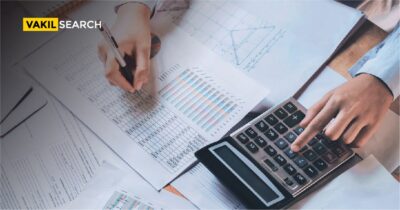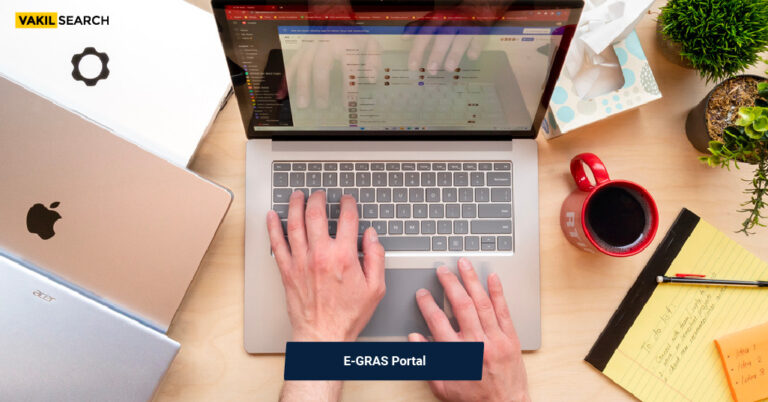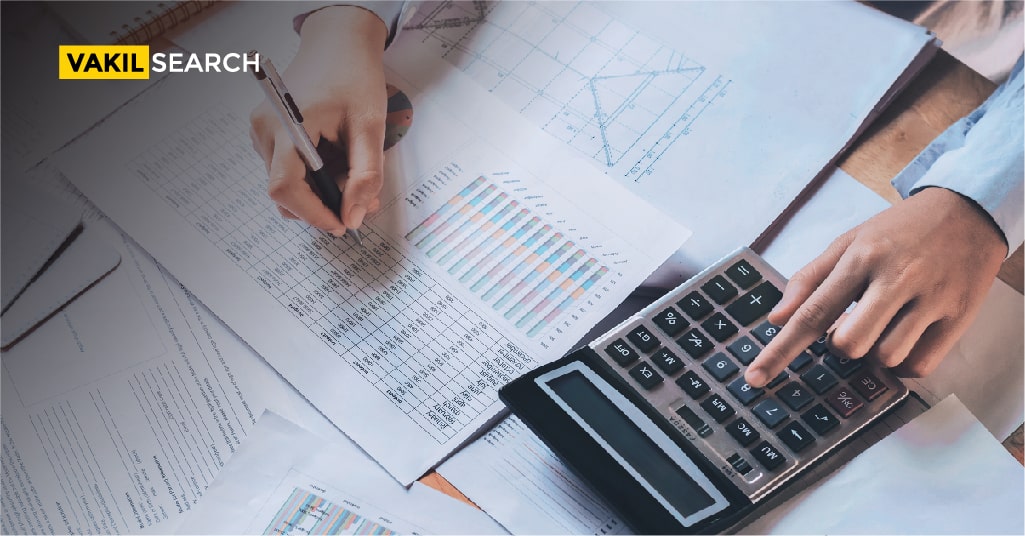AS 19 deals with accounting policies that apply to all forms of leases. There are two types of leases, i.e., finance leases and operating leases. Read this blog to know everything about AS 19 and the differences between IAS 17 and IFRS 16.
Accounting Standard (AS 19) – Leases
In a lease, the lessor and lessee reach an agreement granting the lessee the right to use a particular asset in exchange for a single payment or a series of payments made for a specified time. Except for a few lease types that are described below, AS 19 deals with accounting policies that apply to all forms of leases.
In this article, we will learn about AS 19 (Accounting Standard 19), which relates to leases. Keep reading below to learn more about this particular accounting standard.
What Types of Leases are not Covered Under AS 19 Standard?
The following standard does not apply to;
- Lease agreements for exploring or using natural resources. For example, gas, oil, metals, timber, and other mineral rights
- Licensing agreements. For example, video recordings, motion picture films, patents, copyrights, plays and manuscripts
- Lease agreements for the use of land.
What are the Types of Leases?
There are two types of leases;
- Finance Lease
- Operating Lease
Learn about both of them in detail below.
Finance Lease
A finance lease is one in which the asset owner absorbs all risks and benefits. Eventually, the title may or may not be transferred.
A few examples of finance leases are listed below;
- The lease term includes the asset’s entire economic life, even if ownership or title is not transferred.
- The leased property is of a specialised kind. For example, an ambulance (the lessee can utilise it without making significant modifications)
- Lease in which the assets are handed to the lessee after the lease term
- Lease term where the fair value of the leased property is fully covered by the present value of the minimum lease payments or is equivalent to that
- During the life of the lease, the lessee has the choice to buy the assets from the lessor for a sum that is less than its fair market value on the date that the option becomes exercisable.
Accounting in the Books of Lessee — In the Context of a Finance Lease
- Make a journal entry for depreciation
- Distribute finance charges to the lease term’s periods
- Lease payments are divided into finance charges, and the outstanding liability is reduced
- Lessee will recognise the lease as assets or liabilities at the beginning of the lease in an amount equal to the asset’s fair market value.
Disclosure in the Context of Finance Lease
(i) Provide the total of the minimum lease payments as of the balance sheet date, as well as their current value for –
- Not later than 12 months
- Later than one year but not later than five years
- Later than five years.
(ii) Assets obtained through leases should be displayed individually
(iii) A general description of the lessee’s major leasing contracts
(iv) Display the net carrying amount for each leased asset as of the balance sheet date
(v) Provide a reconciliation between the balance-sheet date’s minimum lease payment and its present value.
Accounting in the Books of Lessor — In the Context of a Finance Lease
(i) Update the revenue distribution throughout the remaining lease term if there is any reduction in the expected unguaranteed residual value. Upward adjustment to be overseen
(ii) Lessor shall account for assets in the books of accounts at the net investment in the lease
(iii) The initial direct cost of the lease will either be reflected in the profit and loss statement immediately or spread out over the life of the lease
(iv) Keep track of financial income using a pattern that reflects a steady periodic rate of return
(v) Calculate the estimated unguaranteed residual value to determine the lessor’s gross lease investment.
Disclosure in Case of Finance Lease
(i) Unearned financial income
(ii) Describe how the minimum lease payment’s current value compares to the lease’s gross investment as of the balance sheet date. Additionally, disclose the same information
- Not later than 12 months
- Later than a year, but no later than five years from now
- Later than five years
(iii) Accumulated provision for minimum lease payments receivable that are not collectable
(iv) Accounting procedure employed for initial direct costs
(v) A basic description of the leasing agreement
(vi) Residual value that isn’t guaranteed
(vii) Contingent rent recorded in the statement of profit and loss account.
Operating Lease
Any lease which is not a finance lease is referred to as an operating lease.
Accounting in the books of Lessee — In the context of an operating lease
Lease payments are recorded in the profit and loss account as an expense.
Disclosure in the context of Operating Lease
(i) A lease payment was recorded in the profit and loss statement for the time.
(ii) Lease payments in the future for the following time frame:
- Not later than 12 months
- Later than a year, but no later than five years from now
- Later than five years
(iii) The total expected lease payment
(iv) Basic Description of Lessee major Leasing Arrangements.
Accounting in the books of Lessor — In the context of an operating lease
(i) The lessor must recognise lease income in the statement of profit and loss
(ii) The lessor should examine the book for impairment and make provisions
(iii) The lessor must list assets under fixed assets on the balance sheet
(iv) The lessor must include expenses in the statement of profit and loss account, along with depreciation.
Disclosure in case of Operating Lease
(i) Depreciation recorded in the profit and loss account
(ii) Impairment losses recorded in the statement of profit and loss account
(iii) Accumulated depreciation, accumulated impairment, and carrying amount as of the balance sheet date for each class of assets
(iv) Future Minimum Lease Payment for each of the following periods:
- Not later than 12 months
- Later than a year, but no later than five years from now
- Later than five years
(v) The total contingent is recorded in the profit and loss statement
(vi) A general description of the leasing agreement
(vii) Impairment loss recovered in the statement of profit and loss account.
Lease Accounting Standard: Lease Recognition
According to AS 19, when it comes to a finance lease, the lessee must acknowledge it as both an asset and a liability in the balance sheet from the lease’s commencement. The asset should be identified at an amount equivalent to the present value of the minimum lease payments, and the liability should be acknowledged at the same value. The disparity between these amounts signifies the finance charge.
In contrast, in the case of an operating lease under accounting standard 19, the lessee should not record it as an asset or liability on the balance sheet. Instead, lease payments should be recorded as an expenditure in the profit and loss account throughout the lease term in a linear fashion, unless another systematic approach better represents the timing of the user’s benefit.
AS 19 Accounting Standard: Disclosure Requirements
AS19 mandates companies to reveal specific information in their financial statements concerning leases. This encompasses details about the lease arrangements’ nature, amounts reflected in the financial statements, future minimum lease payments, and any contingent rents.
What are the Differences Between IFRS 16, AS 19 and IAS 17?
According to AS 19, recognition of a lease occurs at the start of the lease. In the case of a sale and leaseback transaction (in the case of a finance lease), AS 19 requires the seller (lessee) to defer and amortise the excess of sale proceeds over the carrying price of the asset over the lease term in proportion to the depreciation of the leased asset.
According to IFRS 16, if the transactions to the lessor are arranged to rise in line with predicted rising prices to cover the lessor’s anticipated inflation rate involved with the lease, all lease rentals in the case of an operating lease must be levied to the profit and loss statement under the lease contract. This criterion is not achieved if the lessor’s contributions vary for reasons other than typical depreciation.
According to IAS 17, at the commencement of the lease period, the lessee must determine financing leases as assets and liabilities on the balance sheet. IAS 17 also requires the excess sale proceeds above the carrying price of the asset to be delayed and amortised by the seller (lessee) in the case of a sale and leaseback transaction (in the case of a finance lease). Still, it does not specify the method of amortisation.
Conclusion
All said and done, according to IAS17, if there is an inflation factor in the lease rentals, we should calculate all estimated rentals, charge them equitably in the statement of profit and loss throughout the lease time, and transfer the excess or deficit to the lease equalisation account. However, this process can be complicated. Therefore, reach out to Vakilsearch and speak with our knowledgeable legal professionals, who will help you through this process.
Also, Read:










